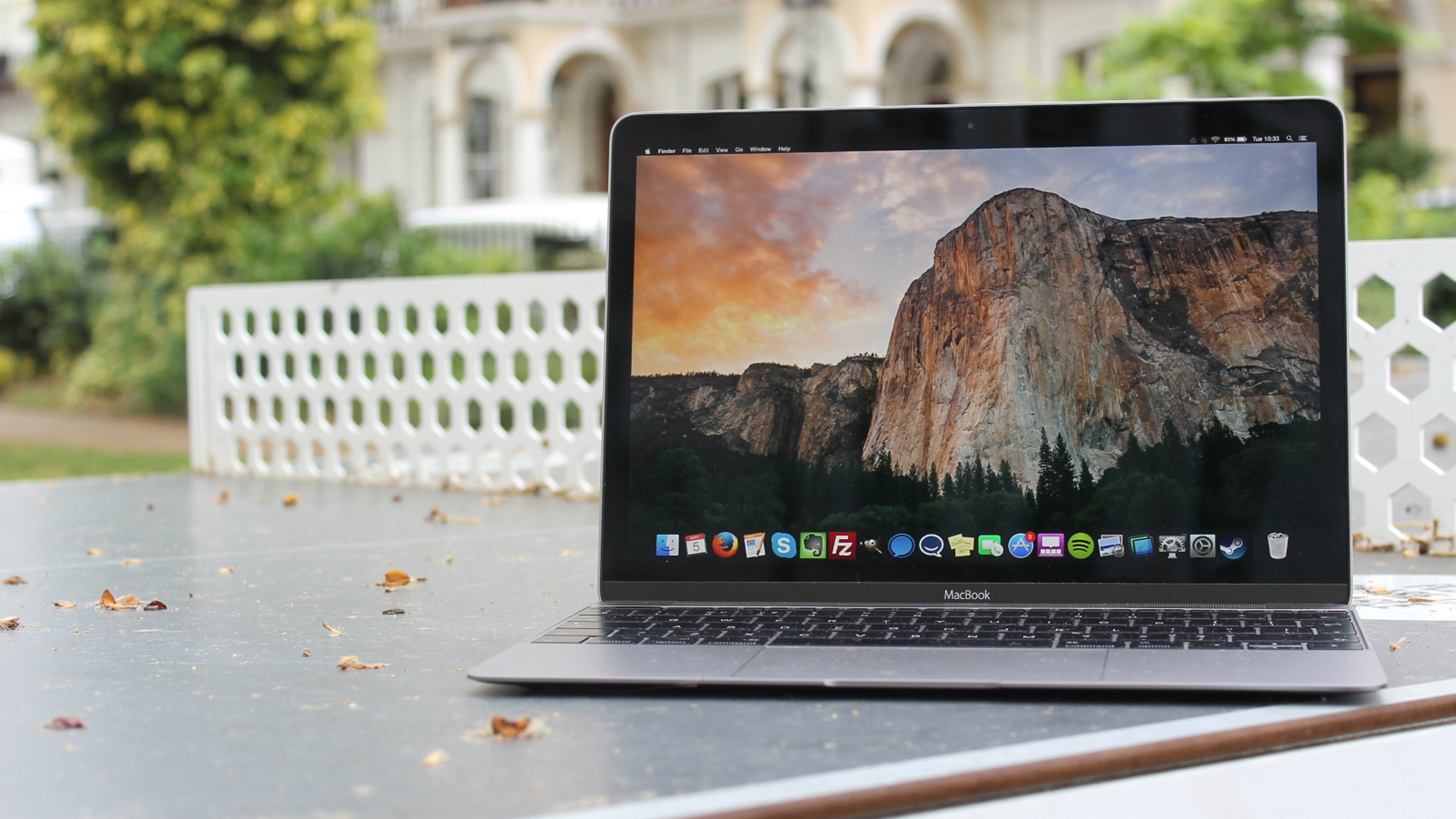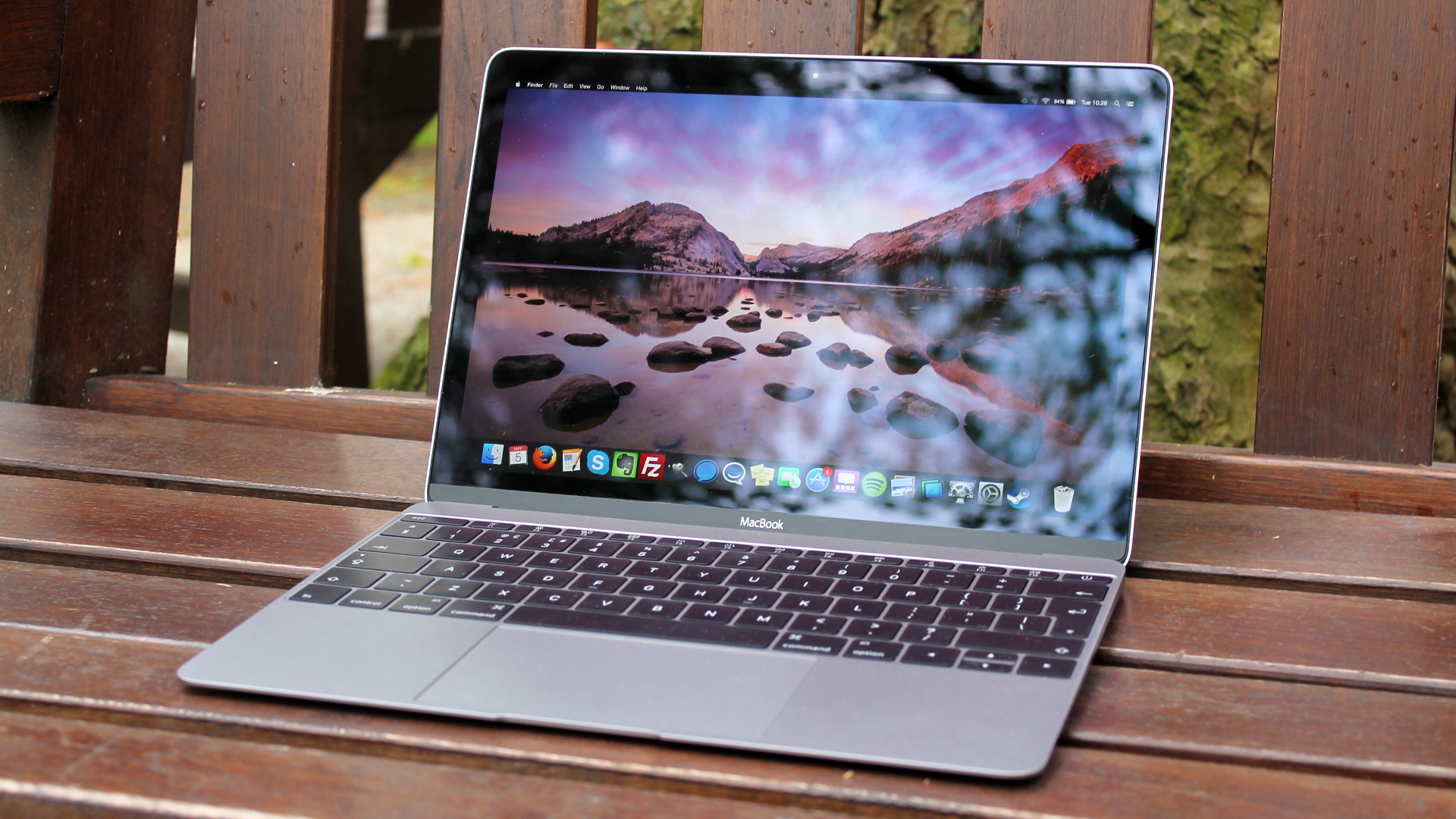2020 vision: how the Mac will evolve over the next 5 years
Cupertino will certainly be pushing its Mac line-up harder

Apple's line-up of computers was one of the things that put the company on the map. Back in 1984, Apple released the Macintosh, much to the amazement of the world. In 1998, the firm introduced a PC with a colourful body – a revolutionary idea amongst a sea of beige.
And in 2005, Apple started on its new design revolution which, over the past decade, has spread to almost every corner of the PC market, especially within PCs. Driven by the MacBook Air in 2010, Apple started a 'race to thin,' with manufactures designing new bodies of ever decreasing depth while their all-aluminium unibody desktops have spawned copies across the board.
Over the next five years through to 2020, it's clear that Apple isn't going to give up on the Mac line. Sales have, by and large, been outperforming the industry – which, overall, has been shrinking – for the past few years thanks to a slew of new hardware and software on a regular basis.
New versions of OS X are unveiled annually at various Apple events, usually to coincide with releases of iOS. Apple held a 'Back to Mac' event in 2010, showing the company's continued commitment to the platform in an age that was rapidly becoming post-PC, to use a term coined by late CEO Steve Jobs.

MacBook shows the way
Earlier in 2015, Apple introduced the MacBook – complete with no Air or Pro suffix – which signals where the company is going to take its products over the next half decade. Extremely light and extremely thin with an optional gold colour, the new MacBook isn't the fastest machine on the market or the most compatible – it has just one USB Type-C port – but it is a vision that will likely be adopted by the rest of the industry.
The new MacBook includes a Retina screen, a marketing term originally introduced in the iPhone, and similar panels will likely appear in the MacBook Air in 2015. It's conceivable, even, that as ports become less of a priority – after all, how many are actually used (anecdotally, I use just the charging port) – the Air line may be phased out, replaced by the MacBook alongside the Pro line for those who need a big screen and lots of power.
Within this, however, is the problem of cross-hardware differentiation: if the iPad 'Pro' features a large screen and has similar amounts of processing power to the MacBook then how would an everyday consumer choose between the two? There is a clear differentiator between the current iPad line and the Air range, but if they become any closer there could be some crossover.
Sign up to the TechRadar Pro newsletter to get all the top news, opinion, features and guidance your business needs to succeed!
Max Slater-Robins has been writing about technology for nearly a decade at various outlets, covering the rise of the technology giants, trends in enterprise and SaaS companies, and much more besides. Originally from Suffolk, he currently lives in London and likes a good night out and walks in the countryside.